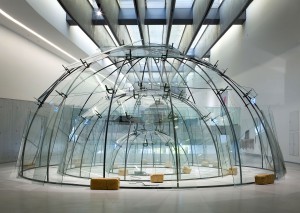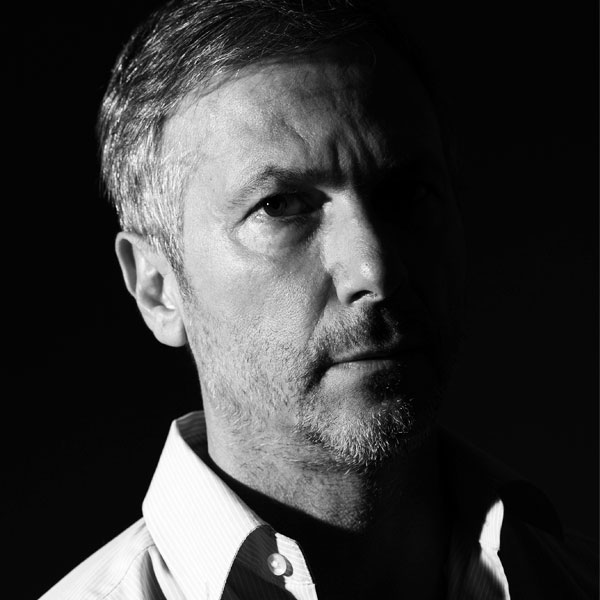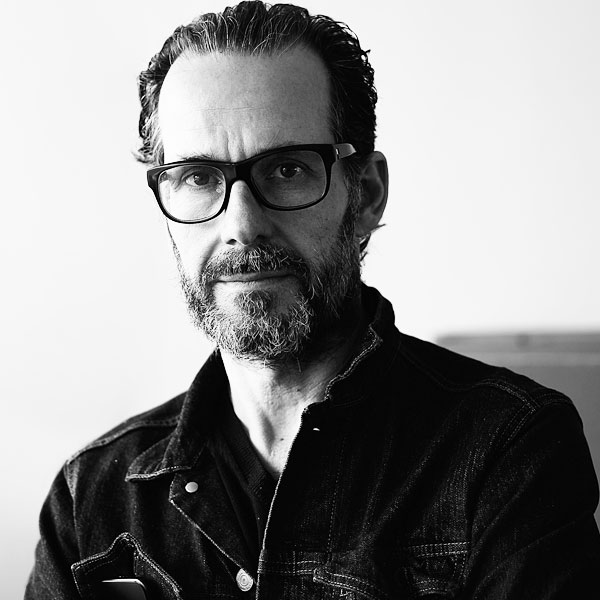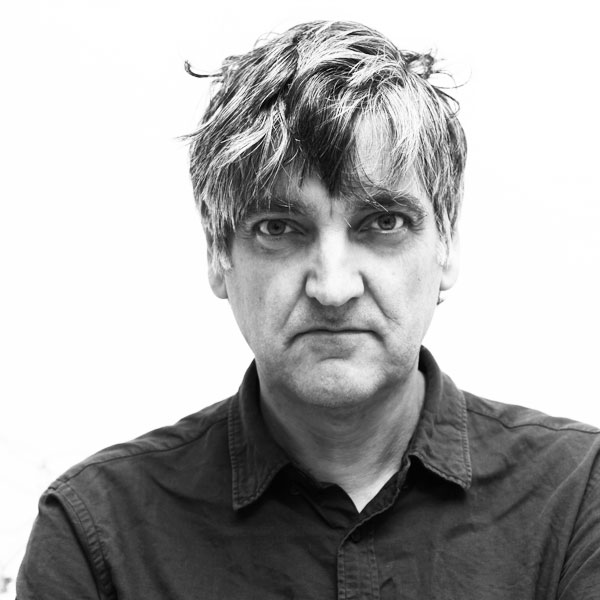opening hours
Monday closed
Tuesday to Sunday 11 am – 7 pm
EARLY TICKET OFFICE CLOSURES
Saturday and Sunday last entry at 5:30 pm
- full price € 15 at the box office - € 14 online
- reduced price € 12 at the box office - € 11 online
for young people aged between 18 and 25 (not yet turned 25);
for groups of 15 people or more; registered journalists with a valid ID card; La Galleria Nazionale, Museo Ebraico di Roma ticket holders; upon presentation of ID card or badge: Accademia Costume & Moda, Accademia Fotografica, Biblioteche di Roma, Centro Sperimentale di Cinematografia, Enel (for badge holder and accompanying person), FAI – Fondo Ambiente Italiano, Feltrinelli, IN/ARCH – Istituto Nazionale di Architettura, Sapienza Università di Roma, LAZIOcrea, Palazzo delle Esposizioni, Amici di Palazzo Strozzi, Accademia Nazionale di Santa Cecilia, Scuola Internazionale di Comics, Teatro Olimpico, Teatro dell’Opera di Roma, Teatro di Roma, Università degli Studi di Roma Tor Vergata, Youthcard - open € 18
valid for one year from the date of purchase
- free
minors under 18 years of age; disabled people requiring companion; EU Disability Card holders and accompanying person; MiC employees; European Union tour guides and tour guides, licensed (ref. Circular n.20/2016 DG-Museums); 1 teacher for every 10 students; ICOM members; AMACI members; journalists (who can prove their business activity); myMAXXI membership cardholders; European Union students and university researchers in Art and Architecture, public fine arts academies (AFAM registered) students and Temple University Rome Campus students from Tuesday to Friday (excluding holidays); IED – Istituto Europeo di Design professors, NABA – Nuova Accademia di Belle Arti professors, RUFA – Rome University of Fine Arts professors; upon presentation of ID card or badge – valid for two: Collezione Peggy Guggenheim a Venezia, Castello di Rivoli Museo d’Arte Contemporanea, Sotheby’s Preferred, MEP – Maison Européenne de la Photographie; on your birthday presenting an identity document
Collection
MAXXI’s Collection of Art and Architecture represents the founding element of the museum and defines its identity. Since October 2015, it has been on display with different arrangements of works.



















































curated by Domitilla Dardi and Elena Tinacci
graphic design by Formafantasma
BÊKA & LEMOINE | HUMBERTO CAMPANA | DIDIER FIUZA FAUSTINO | SOU FUJIMOTO | KONSTANTIN GRCIC | MARTÍ GUIXÉ | PATRICIA URQUIOLA
Seven leading international designers have been asked to investigate and present their vision regarding seven themes and functions of habitation. They are the protagonists of Casa Mondo, MAXXI’s first digital exhibition, entirely conceived and developed for Instagram, live on the dedicated account @MAXXICasaMondo.
The seven designers explore seven zones or functional areas of the home: homeworking, learning, care, open windows, exploring, threshold, food.
>> Follow @MAXXICasaMondo
header: Superstudio, “Fundamental Acts. Life (Supersurface). Spring Cleaning”, 1971. Courtesy Fondazione MAXXI
DESIGNERS AND AREAS
Bêka & Lemoine | Exploring
Humberto Campana | Open Windows
Didier Fiúza Faustino | Care
Sou Fujimoto | Threshold
Konstantin Grcic | Learning
Martí Guixé | Food
Patricia Urquiola | Home working